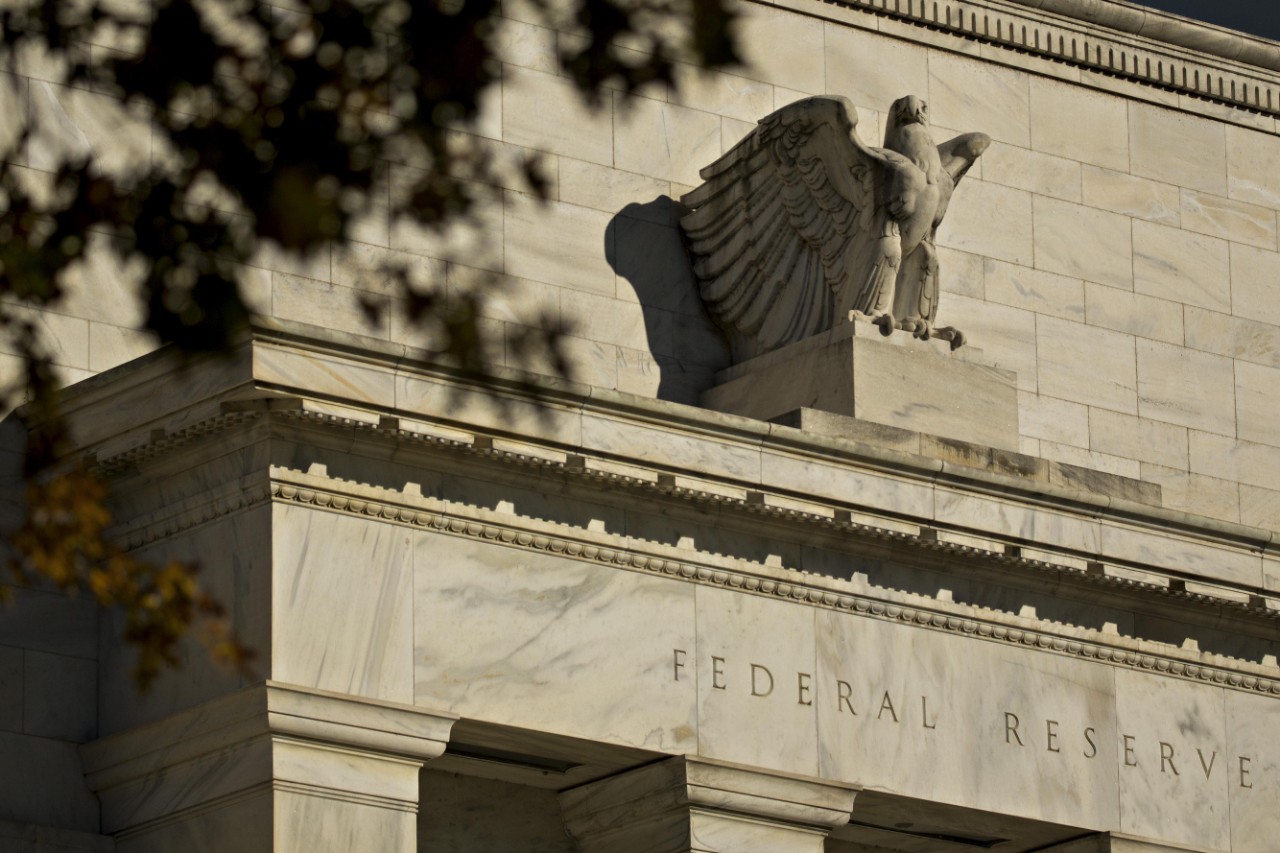Fed positioning for September move as data improves
The Federal Reserve’s (Fed) decision to hold rates at 5.25-5.50% looks increasingly like a staging post rather than a destination. June’s inflation data provided the clearest evidence yet that price pressures are easing in a sustainable manner.
Core personal consumption expenditures (PCE) falling below 3% represents a significant milestone for policymakers. The broad-based easing in services inflation, long the Fed’s primary concern, suggests the disinflationary process is gaining momentum across the economy.
Labour market softening adds another dimension to the Fed’s calculus. Unemployment rising to 4.1% while payrolls growth slows creates space for a more accommodative stance without risking economic overheating.
Markets have responded accordingly, with the 2-year yield falling sharply in July. The 80% probability now assigned to a September cut reflects growing confidence that the Fed’s restrictive stance is nearing its end.
BoE faces stickier inflation but door opening
The Bank of England (BoE) confronts a more complex picture despite headline inflation reaching its 2% target. Services inflation remaining at 5.7% highlights the persistent nature of price pressures in the UK economy.
Wage growth around 6% continues to concern policymakers, though the trend shows signs of moderation. This creates a delicate balancing act between acknowledging progress and maintaining vigilance against renewed inflationary pressures.
A potential split vote this week would signal growing dovish sentiment among MPC members. Three or more votes for a cut would represent a significant shift in the committee’s stance.
The updated Monetary Policy Report will provide crucial insight into the BoE’s thinking. New forecasts could reveal whether officials believe current restrictive policy remains necessary or if conditions are aligning for easing.
Market implications as pivot becomes reality
The shift from whether central banks will cut to when they will cut represents a fundamental change in market dynamics. Forex trading strategies must now account for this evolving policy landscape.
Sterling and US dollar positioning will likely reflect the relative timing of cuts. The Fed’s apparent readiness to move first could continue to weigh on dollar strength, particularly against currencies where central banks remain more hawkish.
Interest rate expectations are driving significant moves in bond markets. The flattening yield curve reflects anticipation of policy easing, with implications for banking sector valuations and credit-sensitive sectors.
Technical considerations for positioning
From a positioning perspective, the market’s dovish tilt appears well-established but not extreme. This suggests room for further moves if central banks deliver on expectations or surprise with more aggressive signals.
The 2-year yield’s July decline has been sharp but orderly, suggesting underlying confidence in the disinflationary narrative. Key support levels will become crucial if economic data fails to confirm the dovish bias.
Currency positioning shows growing consensus around dollar weakness, though this creates potential for sharp reversals if Fed rhetoric proves less dovish than expected. Traders need to manage risk accordingly around these high-impact events.
